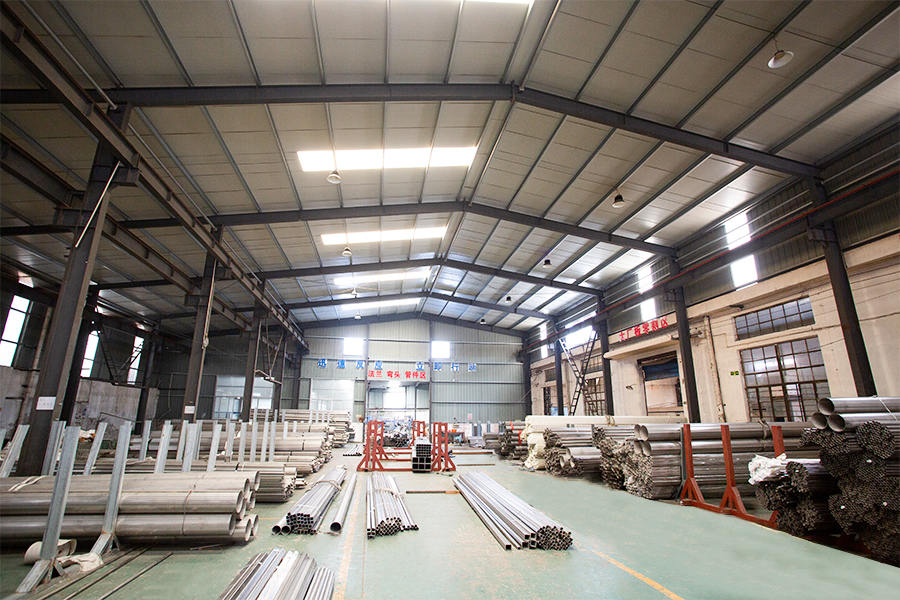Stainless steel pipes are versatile and durable materials widely used across various industries due to their exceptional corrosion resistance, high strength, and reliability. Stainless steel pipes are employed in numerous sectors ranging from petroleum and natural gas to water supply and drainage systems. Their corrosion resistance makes them ideal for applications in aggressive environments, such as chemical plants and marine construction. High-pressure resistance stainless steel pipes are frequently used in the oil and gas industry, ensuring safe and efficient transportation of hydrocarbons. In water distribution systems, stainless steel pipes provide long-lasting solutions, maintaining water quality and reducing maintenance costs.
Stainless steel pipes are classified based on their chemical composition, mechanical properties, and manufacturing methods.

Chemical Composition: Austenitic stainless steels, like grades 304 and 316, are non-magnetic and highly corrosion-resistant. Ferritic stainless steels, such as grade 430, offer lower corrosion resistance but higher strength. Martensitic stainless steels, exemplified by grade 410, are renowned for their hardness and wear resistance. Duplex stainless steels, like grade 2205, combine the best properties of both austenitic and ferritic stainless steels.
Mechanical Properties: Stainless steel pipes are categorized based on tensile strength, yield strength, and elongation. Pipes with higher tensile strength are suitable for high-pressure applications, whereas those with higher elongation are more ductile and can be easily formed into complex shapes.
Manufacturing Methods: Stainless steel pipes are produced through seamless or welded processes. Seamless pipes are made by piercing a solid billet and rolling it into a pipe shape, ensuring uniformity and high corrosion resistance. Welded pipes are formed by welding two or more pieces of stainless steel together, making them cost-effective and available in larger sizes.
The manufacturing of stainless steel pipes involves several critical steps:
Material Selection: The first step is selecting suitable stainless steel material, typically austenitic stainless steels like 304 and 316, known for their corrosion resistance.
Pipe Forming: Pipe forming can be seamless or welded. Seamless pipes are produced by piercing and elongating a solid billet, while welded pipes are made by rolling a flat strip into a tube and welding the edges.
Welding: Welded pipes undergo critical welding processes like TIG welding or laser welding to ensure the integrity and strength of the pipe.
Heat Treatment: After welding, pipes may undergo heat treatment to relieve internal stresses and enhance mechanical properties.
Finishing: The final step includes cleaning, polishing, and inspection to ensure the pipes meet specifications and quality standards.
Stainless steel pipes are indispensable in various industries, thanks to their versatile properties and robust manufacturing processes. Understanding their classifications and manufacturing steps enables better selection and utilization, ensuring efficiency and reliability in diverse applications.


 English
English русский
русский عربى
عربى 中文简体
中文简体
